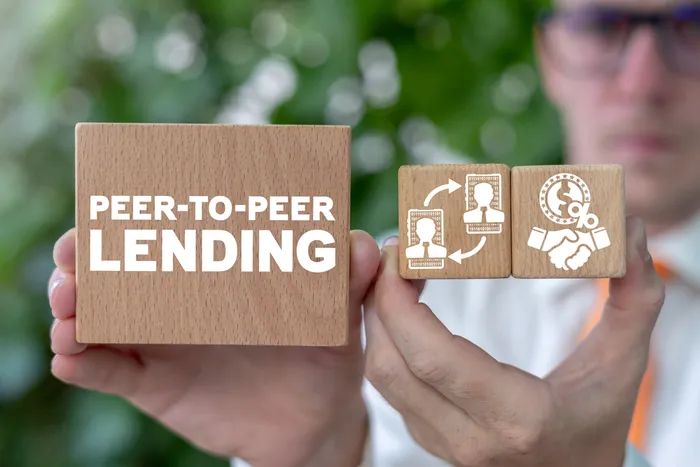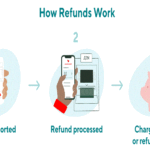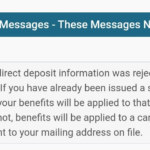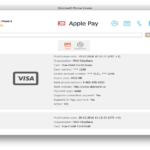Peer-to-peer loans in USA (P2P) lending has revolutionized the way people borrow and lend money. Instead of relying on traditional banks and financial institutions, individuals can now borrow and lend money to each other through P2P lending platforms.
One widespread use of peer to peers loans USA P2P lending is for personal loans, which can offer lower interest rates and more flexible terms than traditional loans. In this article, we’ll explore the benefits and drawbacks of P2P personal loans in the USA, as well as popular providers and how to apply for them.
How to Do Peer-to-Peer Personal Loans in USA Work?
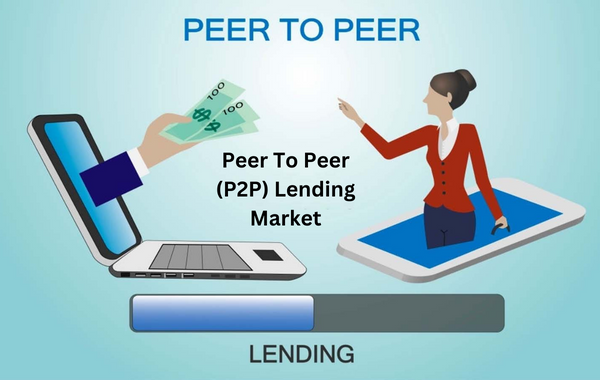
Peer-to-peer personal loans work by connecting borrowers directly with investors through an online platform. Here’s how the process works:
-
- Borrowers create an account on a P2P lending platform and submit a loan application, providing information about their credit score, income, and other financial details.
-
- The lending platform assesses the borrower’s creditworthiness and assigns them a credit rating.
-
- The loan request is then listed on the platform’s marketplace for investors to review.
-
- Investors can browse and choose the loans they want to fund based on factors such as credit rating, loan amount, and interest rate.
- Once the loan is fully funded, the borrower receives the funds and begins making payments to the lending platform, which then distributes the costs to the investors.
Overall, P2P personal loans offer a streamlined and efficient lending process that can be more accessible to borrowers who may not qualify for traditional loans from banks and other financial institutions. Bridge loans also work in the USA.
Pros and Cons of Peer-to-Peer Personal Loans?
Like any financial product, peer-to-peer personal loans in the USA have their own set of pros and cons. Here are some of the key benefits and drawbacks of P2P personal loans:
Sure, here’s a table summarizing the pros and cons of P2P personal loans:
| Pros | Cons |
|---|---|
| Lower interest rates | Higher fees |
| Flexible terms | Less regulation |
| Quick and easy application process | Risk of default |
| Accessible to borrowers with lower credit scores | Limited borrowing amount |
It’s important to note that while P2P personal loans may have some drawbacks, they can still be a viable option for borrowers who need to borrow money quickly and at a lower interest rate than traditional loans. However, as with any financial decision. It’s important to carefully consider the risks and fees associated with P2P lending before deciding.
Who Qualifies for Peer-to-Peer Personal Loans?
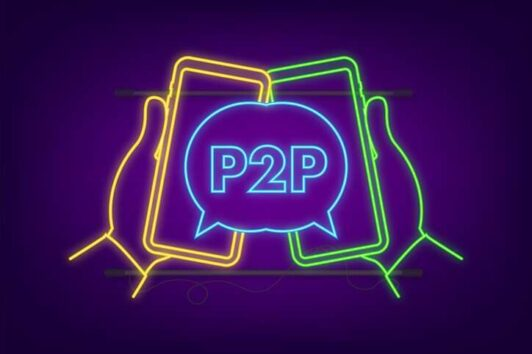
P2P personal loans can be an attractive option for borrowers. Who is looking for a loan that is more accessible and flexible than traditional loans? Here are some factors that can affect whether or not a borrower qualifies for a P2P personal loan:
- Credit Score: Borrowers with a higher credit score may have a better chance of qualifying for a P2P personal loan and receiving a lower interest rate. However, some P2P lending platforms may be willing to lend to borrowers with lower credit scores.
- Income: Borrowers typically need to demonstrate a steady income in order to qualify for a P2P personal loan. Lenders may also consider other factors such as debt-to-income ratio and employment history.
- Debt-to-Income Ratio: Lenders will consider a borrower’s debt-to-income ratio. Which is the percentage of a borrower’s monthly income that goes towards paying off debt. Generally, a lower debt-to-income ratio is better for qualifying for a loan.
- Employment History: Lenders may also consider a borrower’s employment history and job stability in determining whether or not to approve a loan application.
- Loan Purpose: Some P2P lending platforms may restrict loans to specific purposes, such as debt consolidation or home improvement, so borrowers should check with the platform to see if their intended use is allowed.
Overall, borrowers who have a stable income, a good credit score, and a low debt-to-income ratio are more likely to qualify for a P2P personal loan. However, even borrowers with lower credit scores may be able to qualify for a loan depending on the lending platform’s requirements.
Popular Peer-to-Peer Personal Loan Providers in the USA

There are several peer-to-peer loans in USA lending platforms in the United States that offer personal loans to borrowers. Here are some of the most popular P2P personal loan providers in the USA:
- LendingClub: Founded in 2007, LendingClub is one of the largest and most well-known P2P lending platforms in the USA. They offer personal loans for a variety of purposes, including debt consolidation, home improvement, and auto loans.
- Prosper: Established in 2005, Prosper is another popular P2P lending platform. That offers personal loans with fixed interest rates and flexible terms
- Upstart: Upstart is a newer P2P lending platform that uses artificial intelligence to underwrite loans. They offer personal loans for a variety of purposes, including credit card consolidation and home improvement.
- Avant: Avant is a P2P lending platform that specializes in personal loans for borrowers with lower credit scores. They offer loans for a variety of purposes, including debt consolidation and home improvement.
- Peerform: Peerform is a P2P lending platform that offers personal loans with fixed interest rates and terms ranging from 36 to 60 months. They offer loans for a variety of purposes, including debt consolidation, home improvement, and medical expenses.
These are just a few of the many P2P lending platforms available to borrowers in the USA. Borrowers should carefully research the various lending platforms and their loan terms and fees before applying for a loan.
How to Apply for a Peer-to-Peer Personal Loan

The application process for a P2P personal loan is typically straightforward and can be completed entirely online. Here are the general steps to follow when applying for a P2P personal loan:
- Research Lending Platforms: Start by researching P2P lending platforms to find one that best fits your needs. Look at factors such as interest rates, fees, loan terms, and borrower eligibility requirements.
- Create an Account: Once you’ve chosen a lending platform, create an account and provide your personal information, including your name, address, income, and employment information.
- Choose a Loan: Select the loan that best fits your needs based on the loan amount, interest rate, and loan term.
- Complete the Application: Provide additional information, such as the purpose of the loan and any other relevant details. You may also need to upload documentation, such as proof of income and identification.
- Wait for Approval: After submitting your application. The lending platform will evaluate your creditworthiness and determine whether or not to approve your loan. This process typically takes a few days.
- Accept the Loan: If your loan is approved, you will receive a loan offer detailing the loan amount, interest rate, and loan term. Carefully review the offer and accept the loan if you agree to the terms.
- Receive the Funds: After accepting the loan. The funds will typically be deposited directly into your bank account within a few days.
It’s important to note that the specific application process may vary depending on the lending platform. However, the steps outlined above provide a general overview of the P2P personal loan application process.
Conclusion
In conclusion, peer-to-peer personal loans can be a great alternative to traditional bank loans for borrowers. Who are looking for competitive interest rates and flexible loan terms? P2P lending platforms provide an online marketplace where borrowers can connect with investors who are willing to fund their loans. While there are some risks associated with P2P lending, such as the potential for default and loss of investment. The benefits of P2P lending, such as lower interest rates and faster funding, can outweigh these risks for many borrowers.
To increase your chances of getting approved for a P2P personal loan. It’s important to have a good credit score and a stable income. Borrowers should also carefully research the lending platforms and their loan terms and fees before applying for a loan.
Overall, P2P lending has disrupted the traditional lending industry by providing a new, innovative way for borrowers to access financing. As the industry continues to grow and evolve. It’s likely that we will see even more options and benefits for borrowers in the future.
